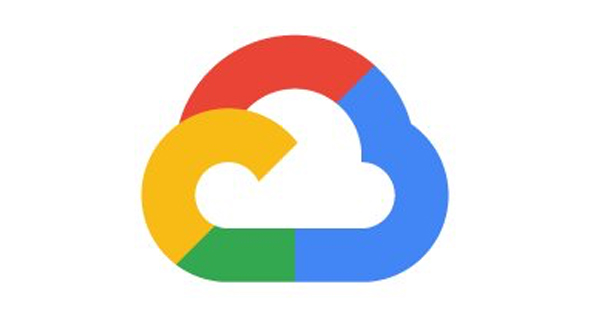
BLOG
—
Welcome to the Google Maps Platform, Places SDK!
Important Code Changes Required
Written by Chris Morabito
When the Maps Platform launched in July 2018, Google held back the Places software development kit (SDK) for Android and iOS. While the other Google Maps APIs received increased quotas and a new pricing model, the mobile Places SDK remained tied to the previous plan’s limit of 150,000 daily requests. Mobile Places developers have not yet been able to take advantage of the Maps Platform’s new capabilities.
On January 29, 2019, Google released new Places SDKs for both Android and iOS to bring them in line with the rest of Places API. The new Places SDKs are now officially part of Maps Platform (the old SDKs are deprecated).
Over the next six months, developers will need to update their apps with the new Places SDKs. Because some code changes will be necessary with this update, Google is giving developers until July 29, 2019, to deploy their updated apps, at which time the old SDKs will stop functioning.
All Places usage on the new SDKs will be billed according to the new Maps Platform pricing model. While Google is covering the cost of mobile Places usage with transition credits until July 29, it is important to update apps as soon as possible.
The new Places SDKs also will be fully supported and covered by the same service level agreement as the rest of the Maps Platform. Mobile usage will combine with JavaScript and web service usage for volume discounts, and Android developers will appreciate that the Places SDK is now independent of Google Play Services, allowing for shorter release cycles and quicker bug fixes.
Google is making these changes to transition Places from a data service to an API that provides insights and business solutions. By deprecating the old SDKs, freeing the SDK from the Android release cycle and unifying the billing model with the rest of the Maps Platform, Google is setting the stage for continued innovation. Be on the lookout for new Places APIs features coming soon.
Do this next:
- Review the migration guides for Android and iOS.
- Identify where and how your apps are using the Places SDKs.
- Remove Place Picker from your apps. The new SDKs no longer support this functionality, and while it will continue to function during the deprecation period via the compatibility libraries, you’ll need to remove it from your apps prior to July 29, 2019.
- Upgrade to the new SDKs.
- In the short term, use compatibility libraries to minimize effort.
- Over the long term, modify your code to reference the new classes, methods and properties.
- Filter fields to minimize costs.
- Verify that any API/Cloud Console projects using mobile Places APIs are linked to valid billing accounts.
- Roll out the new versions of your apps to the App and Play Stores prior to July 29, 2019, allowing time for administrative approval and user installation.
- Monitor your Places API usage after rollout. If the new combined request volume is over 500,000 per month, reach out to your Woolpert Account Manager or CONTACT US to set up an enterprise billing account.
References

Chris Morabito
Chris Morabito is a software engineer who found a passion for maps early in his career as a computer scientist. He contributes to many R&D projects at Woolpert and specializes in building innovative geospatial solutions that leverage a variety of technologies. Chris keeps his finger on the pulse of the latest geospatial software—especially in the open-source community. He serves our Google Maps team as a Maps and Cloud Engineer and is a certified Google Cloud Professional. When he’s not coding, Chris loves to cook and makes a killer cinnamon roll!


